FEATURES|COLUMNS|Ancient Dances
Buddhist Opera?
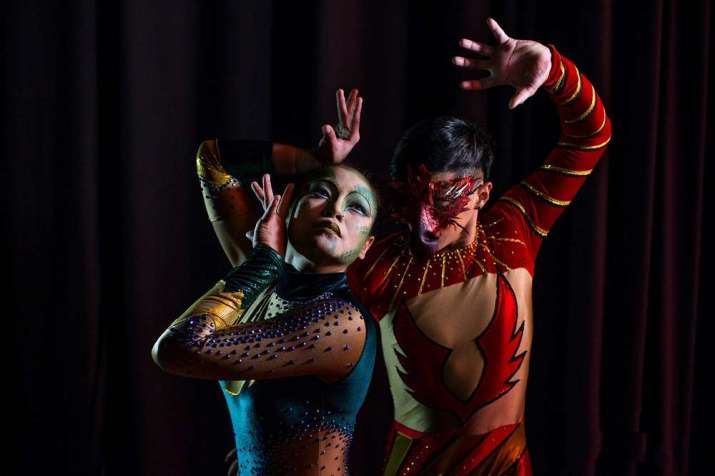 Aerialists become magical dragons in Opera Siam’s Das Jati (Ten Lives
of the Buddha) Jataka tale operas by Somtow Sucharitkul. Image courtesy of Buddhist Opera
Aerialists become magical dragons in Opera Siam’s Das Jati (Ten Lives
of the Buddha) Jataka tale operas by Somtow Sucharitkul. Image courtesy of Buddhist OperaNo one thought that Buddhist democracy was a thing until Bhutan showed that it could be. Buddhist opera? That, too, is a thing. And thanks to the enthusiasm and research of Margaret Gillon of California, there is now an incredible new resource available to all at the Buddhist Opera website. It all began innocently and fairly enough. Gillon is a fan of the renowned writer on Buddhism Stephen Batchelor, perhaps best known for his book The Awakening of the West: The Encounter of Buddhism and Western Culture (Parallax Press 1994). She learned that Batchelor is also an artist with a habit of making a collage of found objects each time he writes a book, each collage taking exactly the same length of time as writing the book. This fact fascinated Gillon. And then she learned that he had written an opera, called Māra, with a score by Sherry Woods.
How could Stephen Batchelor have written a Buddhist opera that has been performed several times . . . yet almost no one knows about it? This question led Gillon to search out more Buddhist operas and she was rewarded with a trove of amazing performances that she has, in turn, made available to all of us.
Opera is a word with multiple definitions. Broadly, it is a theatrical form composed of the combined arts: music, song, verse, dance, and design. Often in history, the architecture of the stage itself has been part of the opera. So it is meaningful to call Greek tragedy a form of opera, although most were written before the advent of melody as we know it. Baroque opera of Western Europe, epitomized in the French courts of Louis XIV and his heirs, took the combined arts to new artistic heights, borne on dance rhythms that characterize the music.
Until the 20th century, Chinese opera was ubiquitous in Chinese society for a millenium and more, based on a composite of more ancient forms. This style of opera was performed by traveling troupes and local guilds. It was all about the immortals, their shenanigans, their acrobatic dexterity, and their arch style of singing the old stories. Tibetan culture has an opera form called Achi Lhamo, established by the 14th century visionary and iron bridge builder Thang Tong Gyalpo. Opera is also a useful term in understanding Japanese Noh theater, which is also a form of opera in which chant replaces song, and music and dance are essential. Noh theater’s origin forms are in the 13th century and earlier. These three ancient Asian opera forms are explicitly Buddhist; Chinese opera includes many Buddhist characters, and both Noh and Achi Lhamo are entirely Buddhist in their perspective and purpose. Buddhist opera isn’t new, yet, at the same time, there are some interesting new Buddhist operas.
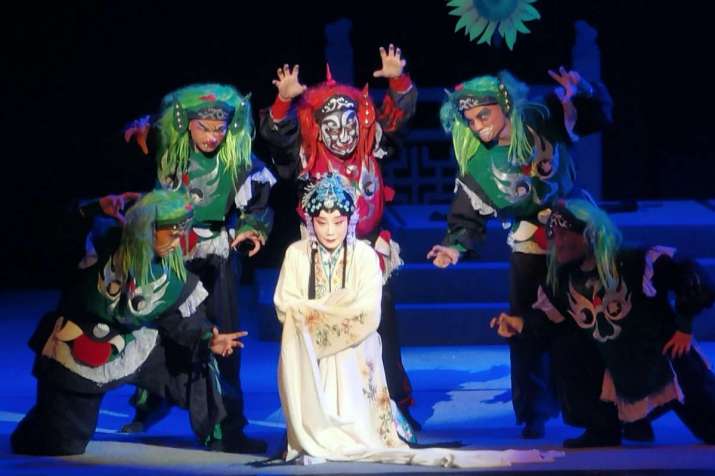 Mulian Saves His Mother, Qiyang opera. Mulian's mother is in hell
, standing trial and surrounded by ghosts and demons. The Buddha helps Mulian
rescue her. Photo by Augustokremo. From wikimedia.org
Mulian Saves His Mother, Qiyang opera. Mulian's mother is in hell
, standing trial and surrounded by ghosts and demons. The Buddha helps Mulian
rescue her. Photo by Augustokremo. From wikimedia.orgOpera is associated with grand themes, existential questions, legendary characters, and high-concept art. A glance at some of the posters connected to Buddhist operas, shows that these are high-concept productions from start to finish. Opera deals with the questions of life and death, immortality through art, the devastation of love, and epic emotions. Opera has a high emotional pitch. The finest composers of our time, Phillip Glass and John Adams, have increasingly, in their later years, turned toward the most grand of Western musical forms: choral symphonies, oratorios, and operas. These celebrate larger-than-life cultural personalities, used like icons of our zeitgeist. Nixon and Mao; Gandhi, Martin Luther King, and Abraham Lincoln; the Virgin Mary and Anna Nicole Smith; and Oppenheimer, creator of The Bomb. There is even a new Noh play about the Virgin Mary appearing after the bombing of Nagasaki. It’s wonderful and quite moving. One underlying aspect that Gillon has discovered is that there are a lot of serious, top quality artists working together with ambitious artistic aims. Unrelenting, highly trained artistry is needed to succeed in opera. Gillon shows us that it is available and engaged.
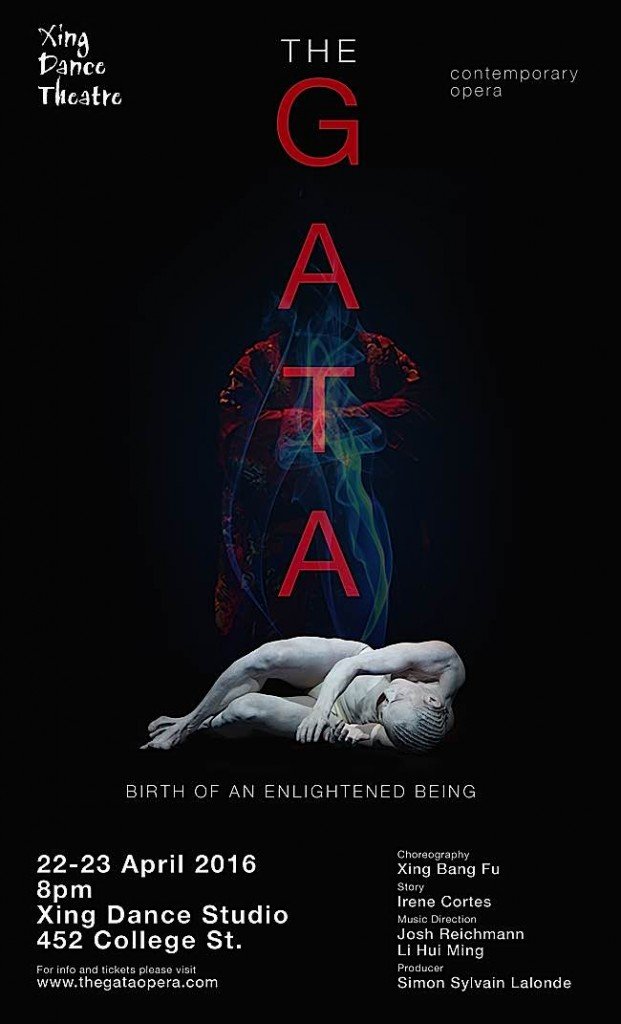
Poster for the 2016 performance of The Gata, a mythopoetic ritual tracking
a woman’s wisdom quest, told by a Shaolin dakini oracle.
Image copyright Irene Cortes
One can revel in the superior quality of the musicians in these operas, oratorios, and choral symphonies. I have listened to excerpts from each of the 39 operas Gillon has documented on her website. Without exception, the musicianship is excellent and the singers clearly relish their roles and the opportunities to premiere new work. There are works that advance the musical evolution of the West. There are many international collaborations. There are—hard to miss—some East-West mishaps, and the Buddha in a bad wig is one of them. Even so, the singing in the bad-wig opera was superb.
Gillon also gives us Batchelor’s Māra, an opera that Batchelor insists is secular. She gives us Sri Lankan and Thai operas about the Jataka tales and the lives of the Buddha, which come in sets, like a series of novels. She gives us Glass’ choral symphony Requiem, Bardo, Nirmanakaya; and celebrated Chinese composer Tan Dun’s Buddha Passion. These are among the greatest talents of our time. Gillon gives us Buddha and the Monkey King by Anna Vienna Ho. It rings with the clarion modernity of Britten. There is a Mila opera, dramatically taking as the subject, Milarepa’s early life as a destructive black magic sorcerer.
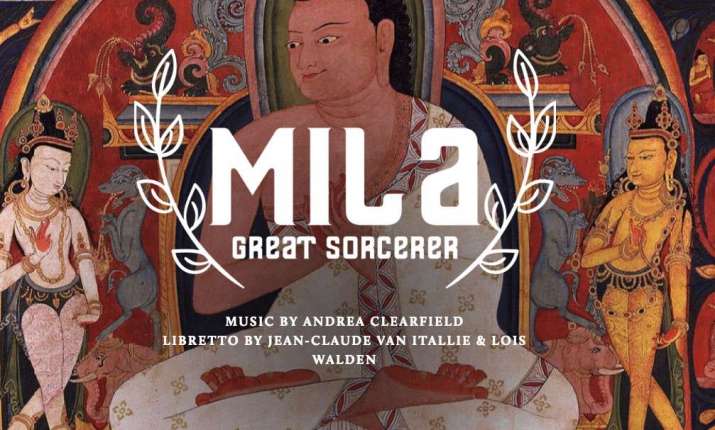 Poster from the premiere performance of Mila, the Great Sorcerer,
Prototype Festival, New York, 2019. The opera tells of Milarepa’s transformation and redemption into a revered teacher of Tibetan Buddhism. Image courtesy of Buddhist Opera
Poster from the premiere performance of Mila, the Great Sorcerer,
Prototype Festival, New York, 2019. The opera tells of Milarepa’s transformation and redemption into a revered teacher of Tibetan Buddhism. Image courtesy of Buddhist OperaMargaret Gillon has highlighted for us three operas, chosen as good places to enter what is likely a new genre for most people. In fact, she has advised the groups and venues that present these works to use the term “Buddhist” in their descriptions so that internet searches can be more productive.
The first is Stephen Batchelor’s Māra: A Chamber Opera On Good And Evil, 2016, with a score by Sherry Woods.
Next is Mahosadha – Architect of Dreams, 2019, by Somtow Sucharitul.
The third is Wagner Dream, 2007, by Jonathan Harvey and Jean-Claude Carriere.
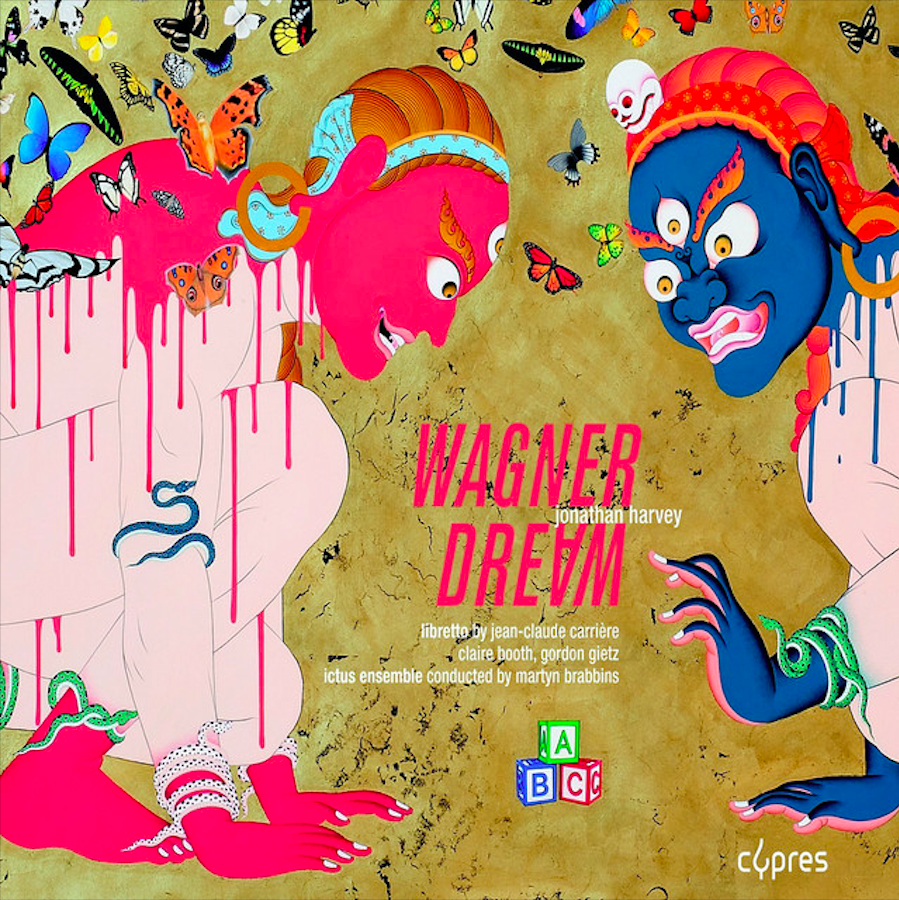
Wagner Dream intersperses the Prakriti / Ananda story with the events
surrounding Wagner’s unfinished opera for Mann’s Death in Venice.
Cover art from the Wagner Dream audio CD, 2012.
Image copyright Ictus Ensemble.
Gillon praises these works for their literary excellence, their theatrical daring, and their robust creativity. She appreciates their sheer entertainment and musical value. Wagner Dream is particularly transtemporal, uniting the stories of Prakriti and Ananda with Wagner on his deathbed, dreaming about the opera he never finished for Thomas Mann’s Death in Venice. Something like this might seem more opera than Buddhist, nevertheless Buddhism’s leavening agency at the avant-garde edge of culture is a characteristic of its transcendent cultural unity and principled openness to engage with artistic and spiritual expression. This phenomenon of Buddhism’s impact on new art is seen century after century, in many different art forms.
Gillon’s aspirations for the website are simple: she’d like to help people interested in Buddhist opera to find what recordings and performance information are available, and she hopes that people will, in turn, inform her about other Buddhist operas so she can add them to the online resource. The website is fun and colorful and full of information. Enjoying it deeply takes multiple visits. I encourage everyone to pay a visit, to listen, and to take in Margaret Gillon’s answer to the question: “What is Buddhist opera?”
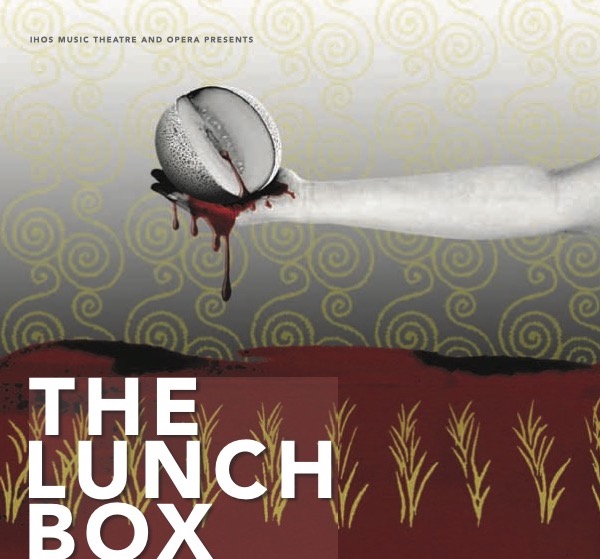
The Lunch Box tells the story of a mother’s devotion to her only son,
a fundamentally good farmer whose rage at the untimely death of his father
has tragic consequences. The Lunch Box poster, 2009 premier, Thai
Chamber Opera. Composed entirely in Tasmania under the guidance of
IHOS Artistic Director Constantine Koukias. Image copyright Christine Scott
With special thanks to Margaret Gillon for her essential contributions to this article.
See more
Core of Culture
Buddhist Opera
Related features from Buddhistdoor Global
Noh Now
Rarified, Recondite, and Abstruse: Zeami’s Nine Stages
Jardin aux Lilas, the First Zen Ballet
Atsumori
When Guanyin Jumps Off a Cliff














